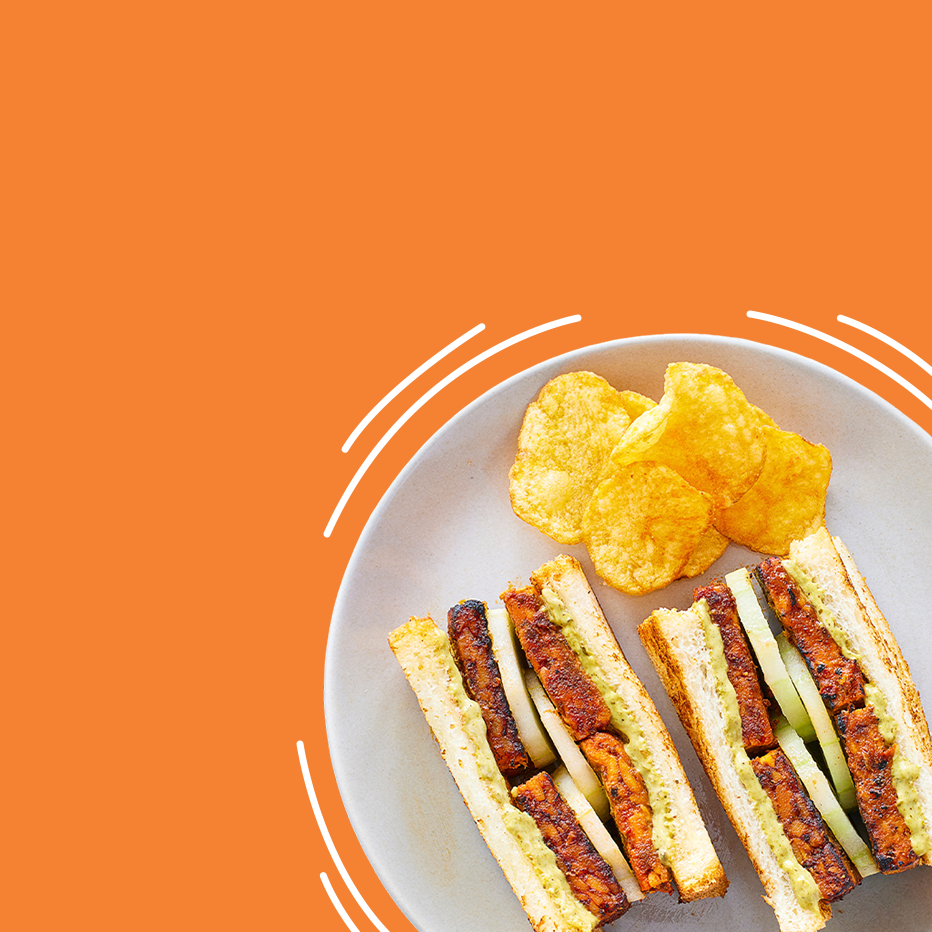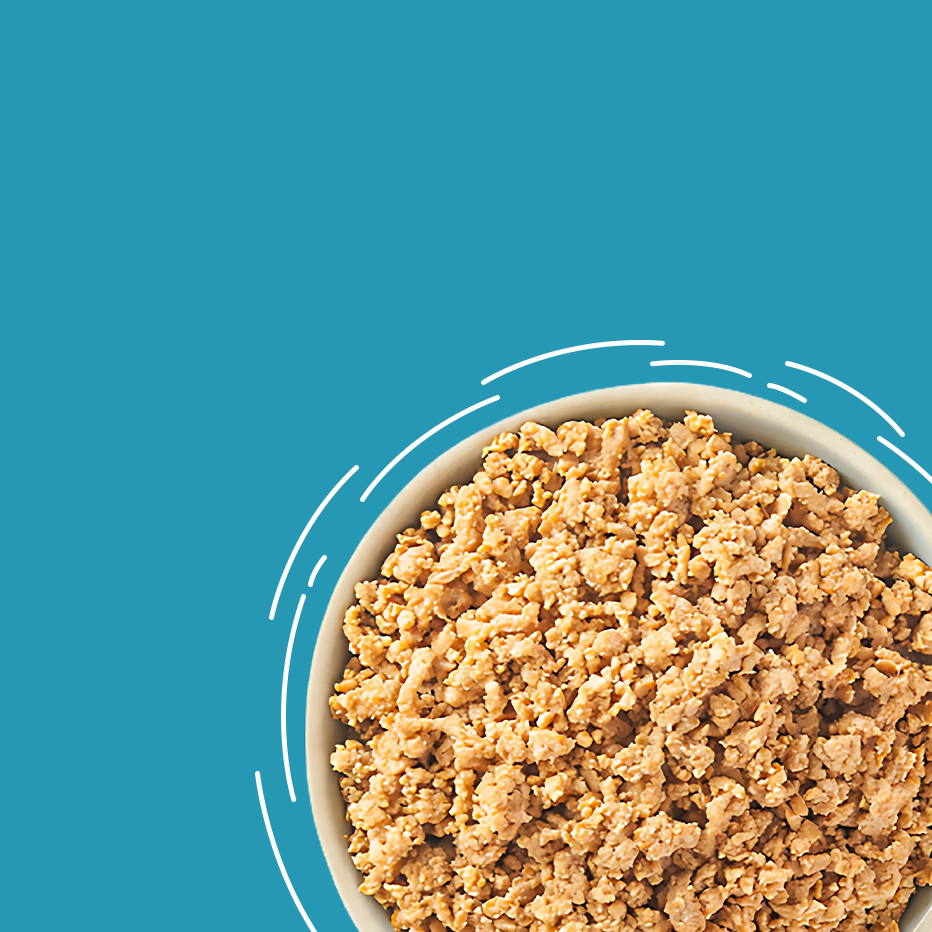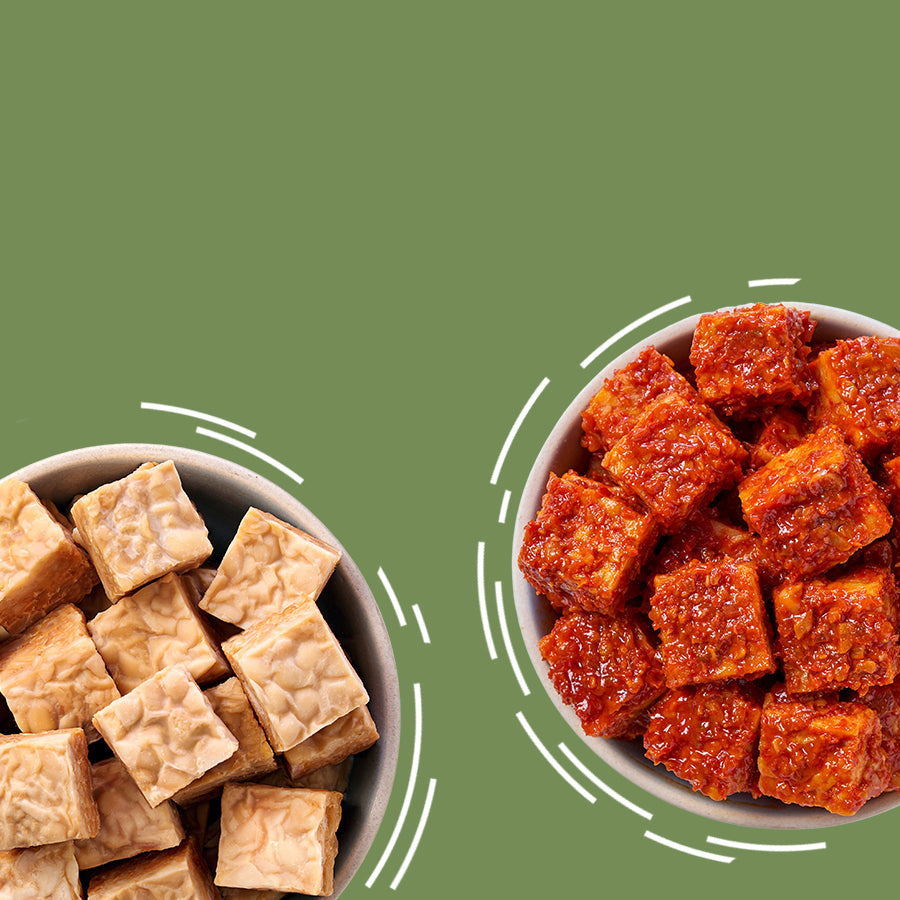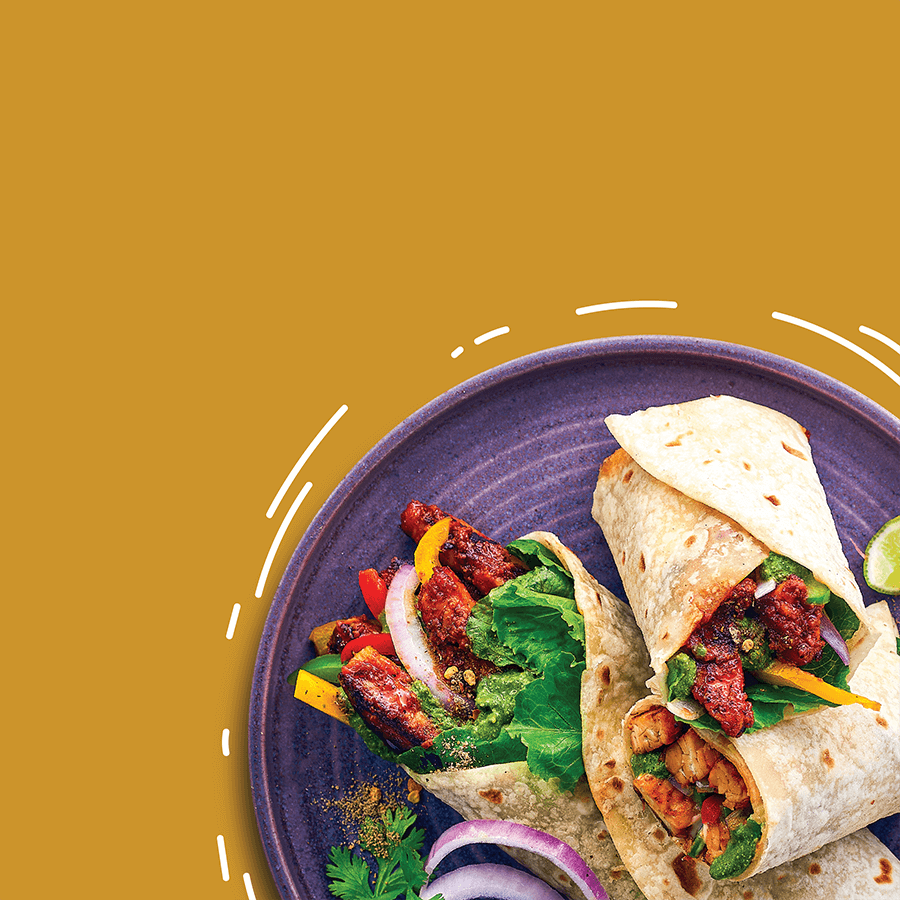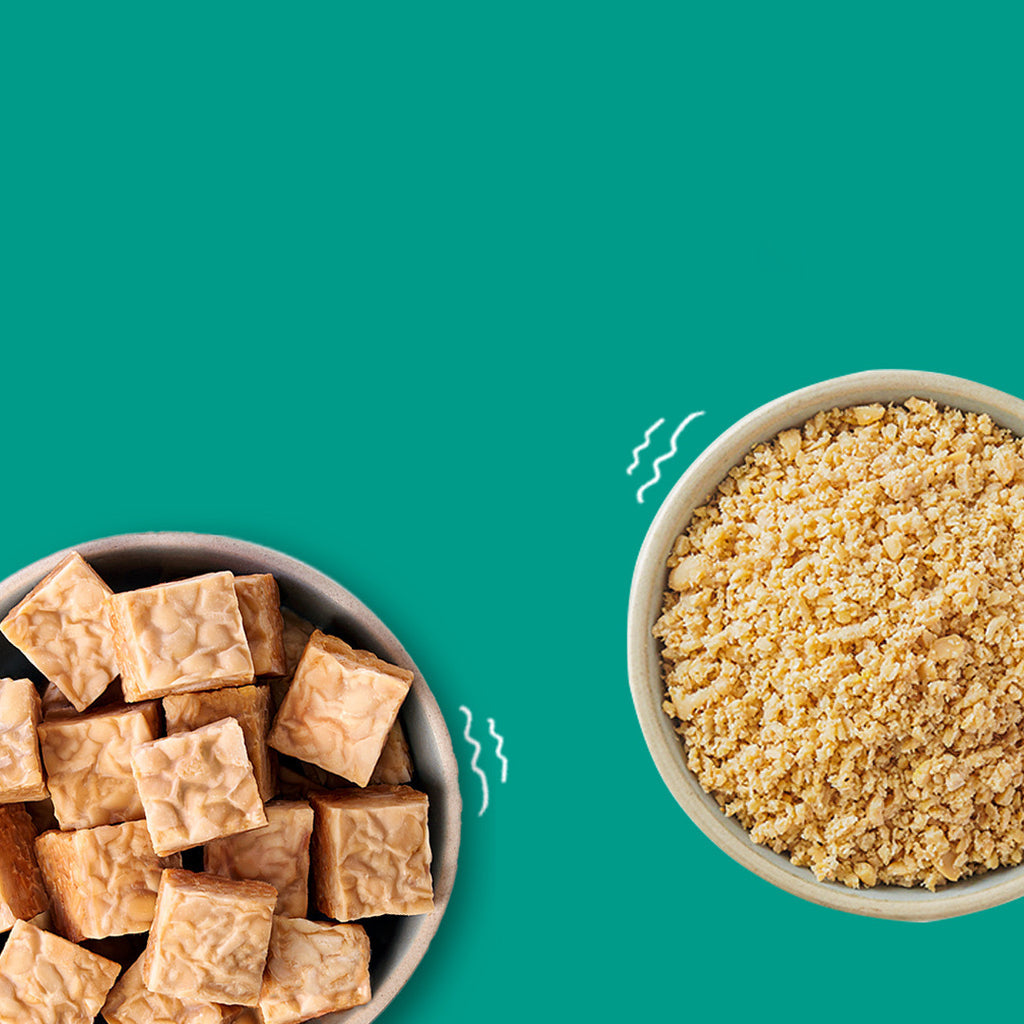When it comes to choosing nutritious plant-based foods, soy is a nutritional powerhouse, and we all know that a nutrient-rich plant-based diet would be incomplete without the goodness of soy. For centuries, soy and soy-based foods have been a regular part of Asian diets and have provided us with a reliable source of protein.
So, what makes soy and soy-rich foods so special and how to eat soybeans daily? Let us dig deeper and find more about this protein-rich food.
Soybean: Filled with nutrients

Members of the legume family, soy and soy-related products have been a reliable source of protein for vegans as well as vegetarians. Unlike other plant-based protein sources, soy is a complete protein (1). This means that soy has all the nine essential amino acids our body needs.
But protein isn’t the only thing soy is rich in! Here’s what a 100g serving of cooked soybeans contains (2):
- Calories: 217
- Protein: 2017g
- Carbs: 7.8g
- Sugar: 03g
- Fiber: 5.6g
- Fat: 15g
- Saturated Fats: 2.1g
- Iron: 4.8g
- Potassium: 479mg
Health benefits of Soy - The importance of soy for health
Soy-based and soy-rich foods are extremely nutritious and have been proven to have several health benefits. If you are looking for reasons to eat soy-rich foods, we recommend you take a look at the numerous benefits it can provide for you. By soy foods, we refer to minimally processed, whole forms of soy like Tempeh, tofu, edamame etc. Heavily processed forms of soy like textured proteins are not recommended.
May help manage diabetes better
Diabetes today has truly become a concerning ailment. Keeping blood sugar in control takes a lot of planning and implementation of dietary restrictions. However, did you know that consuming soy rich foods can aid in reducing the risk of diabetes as well help in managing it better (3)?
Furthermore, fermented soybean products have been proven to have a beneficial effect on diabetes. A study highlighted that consuming fermented soybean products could delay or prevent the progression of Type 2 diabetes (4).
Additionally, soy protein and the isoflavones in soy have anti-diabetic properties, making them an ideal food to add to your diet for diabetes (5).
Soy can be beneficial for diabetics in the following ways:
It is a high protein, high fibre, low fat source of protein that is dairy-free
It is a low GI food meaning it provides a sustained release of energy without any spikes in blood sugar levels
Contributes to healthier bones
Overlooking your bone health may not seem scary but osteoporosis is an actual concern for Indian women (6). Reduced bone density and the risk of fracture at the slightest pressure on the bones is what makes osteoporosis a worrisome affair for women, especially older women.
However, consuming soy and soy products may reduce the risk of osteoporosis among women who have undergone menopause (7).
Alleviates menopause symptoms
Menopause, the duration when women stop menstruating, can actually be unpleasant and oftentimes, painful. These menopausal symptoms consist of sweating, mood swings, and hot flashes among others.
However, the consumption of soy foods has proven to be effective in reducing the effects of these symptoms. A study among Japanese women showed how the consumption of dietary phytoestrogens and isoflavones helped alleviate menopause symptoms (8,9).
Moreover, isoflavone supplements are today used prevalently to alleviate menopause symptoms and reduce pain among women (10).
May reduce cancer risk
Soy and soy products are filled with the goodness of isoflavones, which are antioxidants. Along with neutralizing the excess free radicals in your body, they also aid in reducing the risk of cancer. Research shows that the isoflavones in soy may be responsible for a reduced risk of breast cancer (11).
Contrary to popular myth, the isoflavones in soy do not increase the risk of breast cancer but instead reduce the risk of recurrence (12).
Soy and soy foods

Foods made out of soybeans and soy products can be segregated into two categories: unfermented soy products and fermented soy products.
Unfermented soy food:
- Soy milk
- Tofu
- Soybeans
- Edamame
- Sprouts
- Soy nuts
Fermented soy products:
- Miso
- Tempeh
- Natto
- Soy sauce
Best ways to include more soy in your diet
Soy foods have been excellent sources of plant protein and have also served as great alternatives to animal products. With the various health benefits they offer, you may be tempted to try and include these products in your diet. However, you may be wondering how to get a range of soy products in your diet. Here is how to eat soybean for protein intake in your diet.
Here are some tips to include more soy in your diet and enjoy its benefits:
Including soy milk instead of cow milk
If you are looking to replace dairy products with an equally healthy alternative, soy milk might be a good choice. Fortified soy milk can serve as a great source of vitamin D and calcium (13). Moreover, you can enjoy various recipes made out of soy milk.
Munch on the goodness of roasted soybeans
When you are on a diet, snacking may seem like a hurdle for you. But since these cravings are natural, why not try munching on the goodness of soybeans. Roasted soybeans are filled with protein and snacking on high-protein foods can help you stay fuller for longer periods of time (14).
If you are looking for what foods are high in Soy, choose tempeh over any other thing. Tempeh is a soft and chunky soybean product. Whole soybeans are fermented and pressed into a smoky or nutty cake or bar, sometimes in combination with another grain such as rice or millet. It can be sliced, marinated, and grilled before being used in soups, casseroles, and chilli. It's available in Asian and natural food stores. To know more about soy food sources, read soy, soy foods and their role in vegetarian diets.
So get munching and have a healthy snack!
Introduce yourself to Tempeh

Made from fermented soybeans, Tempeh is a great source of vegetarian protein in Indonesian food. You can add it to your diet as a snack or as a protein-rich food for your daily dose of protein.
Read more about plant based foods to consume for your daily dose of protein.
A 100g serving of Tempeh has 19g of protein, 8.5g of dietary fibre, 30% Recommended Dietary Allowance of Iron (Hello Tempayy is fortified with iron), and 49% RDA of vitamin B12 ( Hello Tempayy is fortified with vitamin B12).
Along with its extremely nutrition-rich nature, Tempeh also has flavour-absorbing properties and is a fibre rich food, which has made it a favourite among vegans and vegetarians.
Also read everything you need to know about tempeh and your health.
Hello Tempayy: Your reliable source of Tempeh
As we said, Tempeh is one of the healthiest and most versatile best soy-based foods and that has become a favourite among people looking for an excellent plant-based food rich in protein. In case you are looking for a reliable source of high-quality Tempeh and list of soy products in India, visit Hello Tempayy and get your hands on this nutritious food.
The health benefits of Tempeh along with the goodness of Tempeh for diabetes, make it a must-have in soy diets. We also have Tempeh recipes to get you started!
Also read, how to get healthier with plant based protein.
